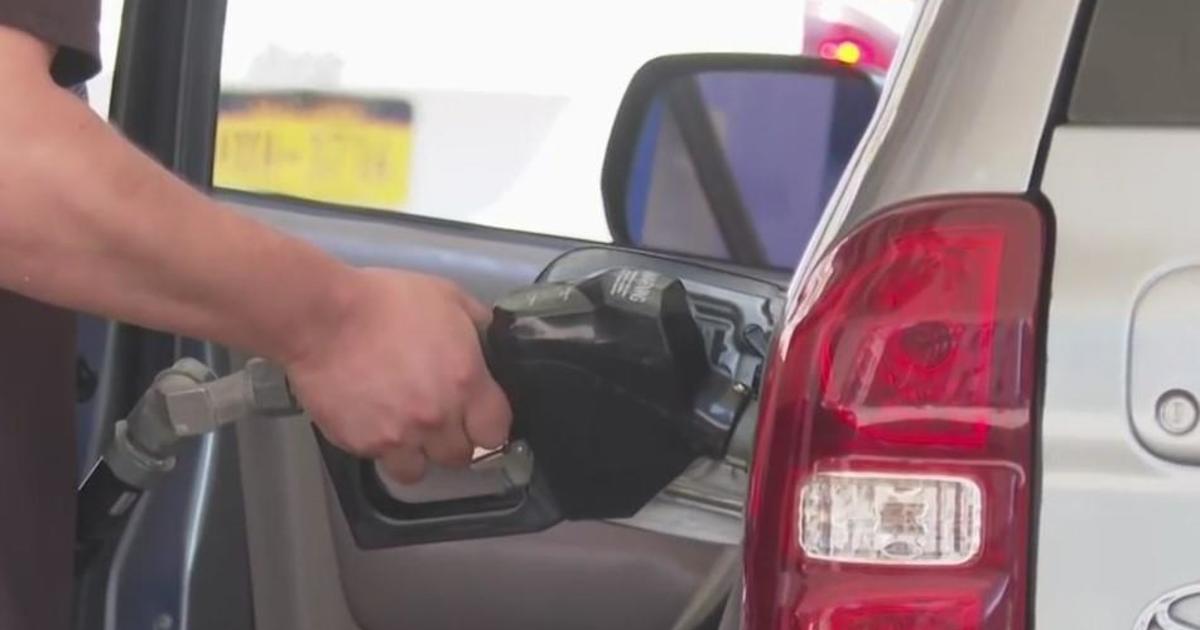More Than 78,000 Giant African Land Snails Collected In S. Fla.
CORAL GABLES (CBSMiami) — It's been a year since the Giant African Land Snail began its invasion of South Florida. Since that time, more than 78,000 snails have been collected on 350 properties in Miami-Dade County.
The rapidly growing problem has been discovered in 18 areas of Miami-Dade.
The infestation was discovered in September 2011. Officials hoped they could keep the snail from joining other exotic plant, fish and animal species that have found havens in the state.
"After one year of battling the giant African land snail with every tool currently available to us, we are still confident we can win this fight," said Richard Gaskalla, director of the Department of Agriculture's Division of Plant Industry. "However, we need the continued help of the public if we are to successfully eradicate this dangerous pest."
The snail has been found only in Miami-Dade County, but it poses significant risks to Florida's landscape.
"They are very pesky and they are very persistent, " said Trevor Smith who is with the Florida Department of Agriculture. "We have to be equally prescient."
Everyday 50 snail hunters hit the 17 neighborhoods with bait to eradicate the pest that can lay 1200 eggs per year.
"In the beginning when we would go out and collect and everything would be alive," said Smith. "Now when we go out we'll find half the snails on the property are dead."
But where they aren't dead is in Reinaldo Rodriquez Miami yard. He says he's had enough of the invasive pests. That's because the snail can carry a parasite that can transmit a form of meningitis to humans.
"In this case I'm probably going to have to move because my concern is my kid." said Reinaldo Rodriquez who live in Miami and has giant African land snails in his yard and crawling up his house.
This type of invasive species of snail is considered one of the most damaging snails in the world because it eats at least 500 different agricultural crops, can cause damage to plaster and stucco on homes.
The Giant African land snail is one of the largest land snails in the world, growing up to eight inches in length and more than four inches in diameter.
A program aimed at wiping out the snail's population has cost $2.6 million in state and federal funds so far, said Denise Feiber, spokeswoman for the Division of Plant Industry.
In response to the snail find last year, federal and state agriculture officials immediately established a program office and continued to survey, collect and apply snail bait to areas surrounding positive properties.
Over 85-percent of new snail cores were reported to the Department's helpline by the public. Anyone who thinks they may have them in their yard or planting bed is urged to call the state's Division of Plant Industry Helpline, 1-888-397-1517.
The last reported outbreak and eradication of the Giant African land snail in Florida occurred in 1966 when a boy smuggled three Giant African land snails into Miami as pets. The boy's grandmother released the snails into her garden.
Seven years later, more than 18,000 snails were found. It cost more than $1 million and took 10 years to successfully eradicate this pest from Florida. This is the only known successful giant African land snail eradication program.
It's not known how the latest outbreak started, but it's illegal to bring the snails into the US without a permit.
The state is collecting snails when they are found, and is working through a program to use a bait called "Sluggo" to kill the snails. The bait is said to be harmless to people and pets, but its lights out for slugs.



